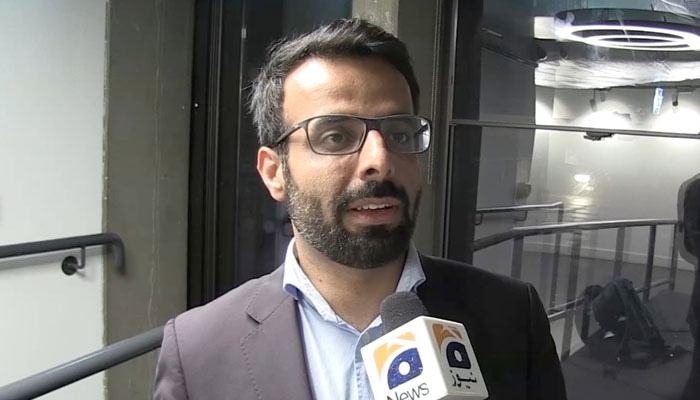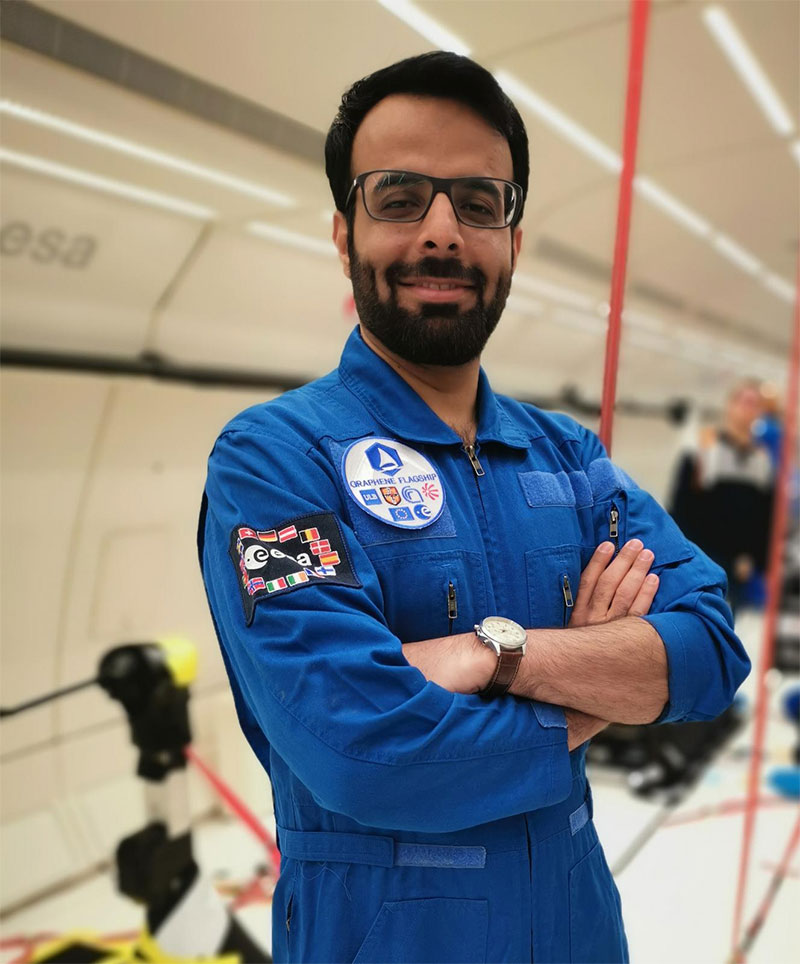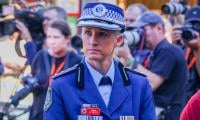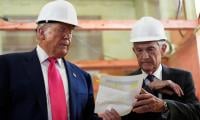A scientist’s journey from Balochistan to Cambridge
LONDON: A Pakistani scientist from a poor area of Balochistan is making waves at Cambridge University’s Cambridge Graphene Centre with his innovation skills and knowledge of science.
Dr Yarjan Samad, aged 34, was born in Buleda, a remote area of Balochistan, to a working class family. His father never went to school but was determined to inspire his children to work hard and improve and his children responded with the same determination.
Now a senior research scientist and a teaching fellow at the prestigious Cambridge University, Dr Yarjan Samad’s story speaks of resilience and determination of how a boy from an ordinary background worked hard and became a successful scientist.
He studied at a public school of Buleda and a couple of small schools in Lyari for initial years. He finished his intermediate from the DJ Science College and went to Ghulam Ishaq Khan Institute for graduation in Metallurgy and Materials Engineering. He received his first break when he got a scholarship from Abu Dhabi for both masters and PhD. He was able to do research work at several prestigious institutions of the world during his masters and PhD.
Dr Samad joined Cambridge University as a scientist in 2016, right after his PhD and later on was promoted to a position of Senior Research Scientist and Teaching Fellow.
Since then Dr Samad has worked on Graphene for Space Applications along with other scientists from UK, Belgium and Italy and in collaboration with Leonardo, NoveSpace and European Space Agency.
In a detailed interview with Geo News, Dr Yarjan Samad credited his parents for his success. “My parents were determined for our education and did everything for us. My teachers, mentors and friends have a big role in my making and I am thankful to all of them.”
Dr Samad explained that his main in Cambridge is on “materials”. He said, “We work on the materials and devices which are used in projects cooling in space.” About the upcoming projects, he said that he’s working with fellow scientists to make enabling materials and sensors to understand tissue repair and wound healing in space, water splitting on the surface of moon into hydrogen and oxygen so that oxygen is used for breathing and hydrogen is used as a fuel for further explorations from there onwards.
As a Pakistani working with elite scientists, Dr Samad feels proud as a Pakistani and believes that his background and the grit defines his character and work. He told Geo News, “It feels great when people recognise me as a Pakistani, that’s who I am. People see you and recognise your face when they work with you. I see their thinking about Pakistan changes a lot after we hold conversations. There is a sense of responsibility on you in such a position that you have to be an ambassador of your country and your culture. This sense motivates you to do your best.”
The scientist regretted that Pakistan lags far behind other countries in scientific research and innovation. “If we look at the human resource and talent and how to utilise it, Pakistan be ahead of developed countries but our research organisations and institutions are not working the way they should be working. It’s a long list of what the reasons for that are but what’s important is that how to get the things done now. We lag behind in areas of science and technology and we need to build our institutions so we could rely on science to move forward.”
Dr Samad revealed that he’s working with a group of scientists and advisers to help Pakistan. “We have formed a group of several scientists to see how we can help Pakistan. Most of these scientists are based at leading institutions and research organisations in the UK. We are working to first identify areas of research, which are of strategic importance to Pakistan.”
Dr Samad plans to return to Pakistan one day to serve his motherland. “I will return to Pakistan but after the completion of projects I am working on,” said the scientist who lives in the Cambridge city.
-
 Justin Herbert Girlfriend Reveals How He Changed Her Life
Justin Herbert Girlfriend Reveals How He Changed Her Life -
 Blood Pressure Medication Linked With Suicide Risk? New Study Explains
Blood Pressure Medication Linked With Suicide Risk? New Study Explains -
 Golden Globes 2026: Julia Roberts Gets Standing Ovation From Audience
Golden Globes 2026: Julia Roberts Gets Standing Ovation From Audience -
 Kensington Palace Releases Statement Clarifying Role Of Prince William’s New Aide
Kensington Palace Releases Statement Clarifying Role Of Prince William’s New Aide -
 Scooter Braun Addresses Public Backlash Over Romance With Sydney Sweeney
Scooter Braun Addresses Public Backlash Over Romance With Sydney Sweeney -
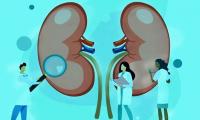 Cold Weather May Worsen Urinary Problems, Physicians Warn
Cold Weather May Worsen Urinary Problems, Physicians Warn -
 Timothee Chalamet Thanks Kylie Jenner After Winning First Golden Globe
Timothee Chalamet Thanks Kylie Jenner After Winning First Golden Globe -
 Palace On Alert As Andrew, Sarah Ferguson Plan To Sell Royal Family's Valuables
Palace On Alert As Andrew, Sarah Ferguson Plan To Sell Royal Family's Valuables -
 2026 Golden Globes: Nikki Glaser Mocks Leonardo DiCaprio's Notorious Dating Habits
2026 Golden Globes: Nikki Glaser Mocks Leonardo DiCaprio's Notorious Dating Habits -
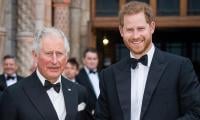 Prince Harry 'loved' Seeing Charles, Eyes More Meetings With King: Source
Prince Harry 'loved' Seeing Charles, Eyes More Meetings With King: Source -
 Chad Michael Murray Admits 2000s Fame Could Have 'destroyed' Him
Chad Michael Murray Admits 2000s Fame Could Have 'destroyed' Him -
 Emma Stone Reflects On Diane Keaton's 'most Valuable' Lesson
Emma Stone Reflects On Diane Keaton's 'most Valuable' Lesson -
 Kanye West Once Paid $1 Million Per Day To Record Album: Here's Why
Kanye West Once Paid $1 Million Per Day To Record Album: Here's Why -
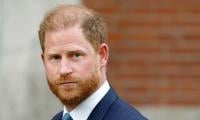 Prince Harry Hopes To Show Archie, Lilibet Where He 'grew Up'
Prince Harry Hopes To Show Archie, Lilibet Where He 'grew Up' -
 Jacob Elordi Names Childhood Crushes Including A Major 60s Star
Jacob Elordi Names Childhood Crushes Including A Major 60s Star -
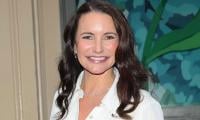 Kristin Davis Dicusses Fate Of Her Sex And The City Character
Kristin Davis Dicusses Fate Of Her Sex And The City Character
